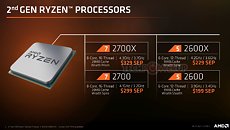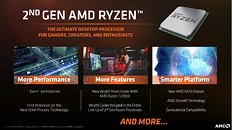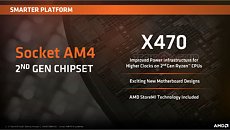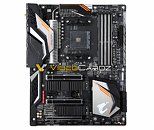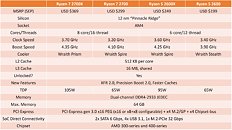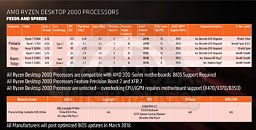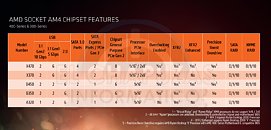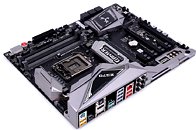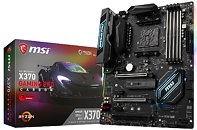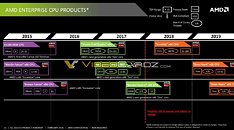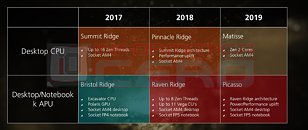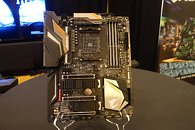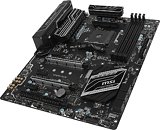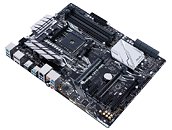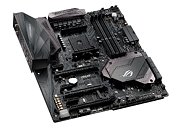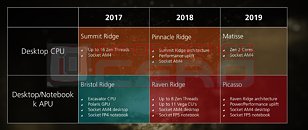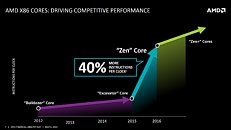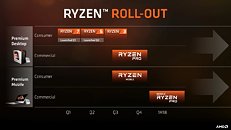
AMD Ryzen "Pinnacle Ridge" CPUs and X470 Motherboards Open to Pre-orders
Ahead of its 19th April formal launch, AMD opened up pre-orders to its 2nd generation Ryzen "Pinnacle Ridge" processors, and compatible motherboards based on AMD X470 chipset. AMD is launching this series with four SKUs, the Ryzen 7 2700X and Ryzen 7 2700 eight-core chips, and Ryzen 5 2600X and Ryzen 5 2600 six-core chips. The pricing of the four is surprisingly lower than expected. The top-dog 2700X has an SEP price of just USD $329, while the 2700 (non-X) goes for $299. The six-core parts aren't too far behind. The Ryzen 5 2600X has an SEP price of $229, and the Ryzen 5 2600 is $199. Pricing of the chips in the EU is along expected lines. The Ryzen 7 2700X is priced at 319€, followed by the Ryzen 7 2700 at 289€, Ryzen 5 2600X at 225€, and the Ryzen 5 2600 at 195€.
Based on the new 12 nm "Pinnacle Ridge" silicon, the Ryzen 7 2700X comes with higher clock speeds than the previous-generation flagship 1800X, with 3.70 GHz core, 4.30 GHz boost, and XFR boosting frequency beyond the max boost frequency. You get 8 CPU cores, and SMT enabling 16 logical CPUs, 512 KB of L2 cache per core, and 16 MB of shared L3 cache. The 2700 is clocked at 3.20 GHz, with 4.10 GHz boost. The 2600X and the 2600 are 6-core/12-thread parts, with the full 16 MB L3 cache available on-die. The 2600X is clocked at 3.60 GHz with 4.20 GHz boost and XFR; while the 2600 is clocked at 3.40 GHz, with 3.90 GHz boost. All four models include stock cooling solutions, including the 2700X and the 2600X. Availability in brick and mortar stores will commence on the 19th, it's also the day the first pre-ordered chips will start getting delivered.
Based on the new 12 nm "Pinnacle Ridge" silicon, the Ryzen 7 2700X comes with higher clock speeds than the previous-generation flagship 1800X, with 3.70 GHz core, 4.30 GHz boost, and XFR boosting frequency beyond the max boost frequency. You get 8 CPU cores, and SMT enabling 16 logical CPUs, 512 KB of L2 cache per core, and 16 MB of shared L3 cache. The 2700 is clocked at 3.20 GHz, with 4.10 GHz boost. The 2600X and the 2600 are 6-core/12-thread parts, with the full 16 MB L3 cache available on-die. The 2600X is clocked at 3.60 GHz with 4.20 GHz boost and XFR; while the 2600 is clocked at 3.40 GHz, with 3.90 GHz boost. All four models include stock cooling solutions, including the 2700X and the 2600X. Availability in brick and mortar stores will commence on the 19th, it's also the day the first pre-ordered chips will start getting delivered.
